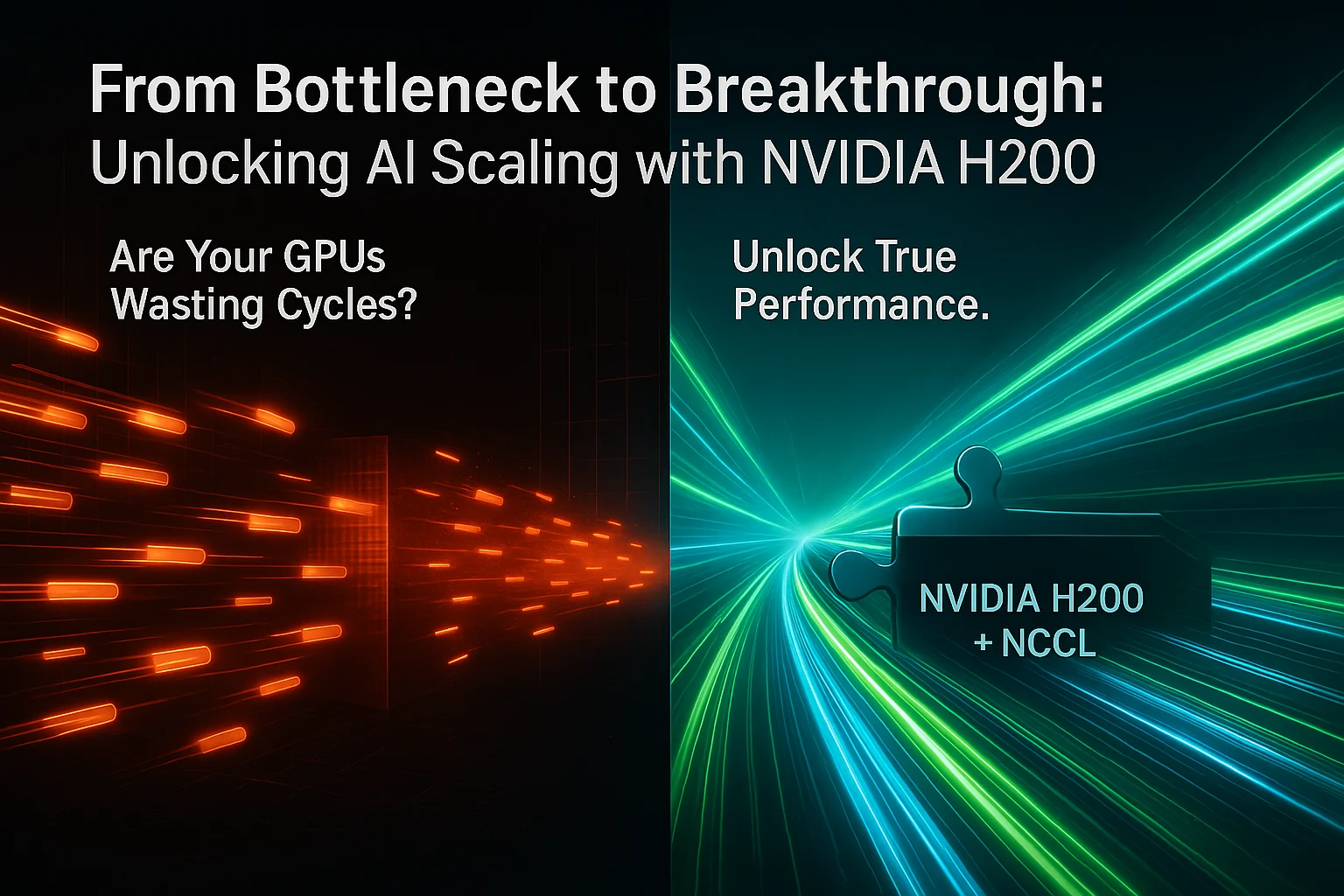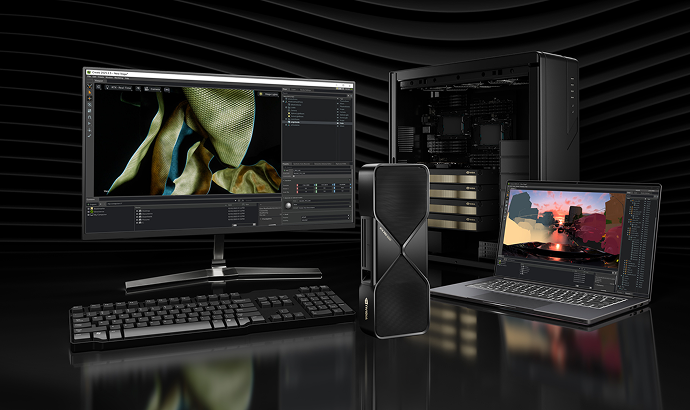
Uvation: Pioneering Solutions for Telehealth Hurdles
The telehealth industry has witnessed unprecedented growth in recent years, driven by the need for accessible and efficient healthcare. However, with this rapid expansion come numerous challenges that healthcare providers and IT professionals must address to ensure seamless and effective service delivery.
5 minute read
•Healthcare





